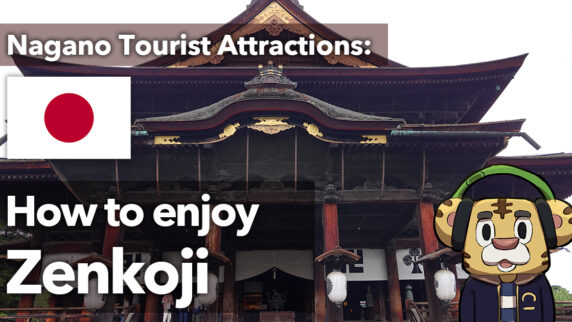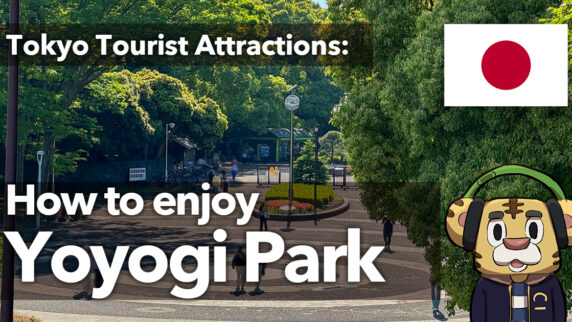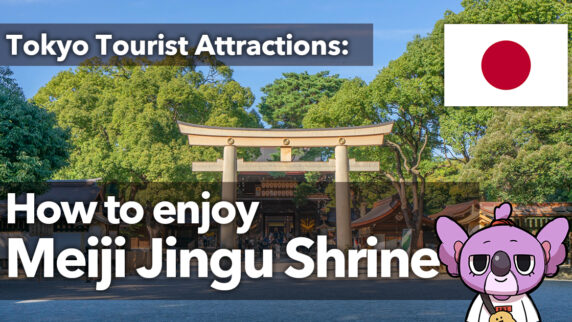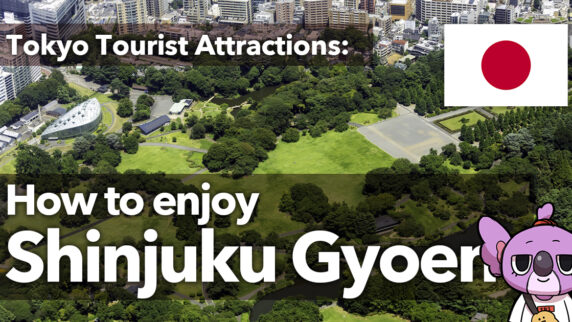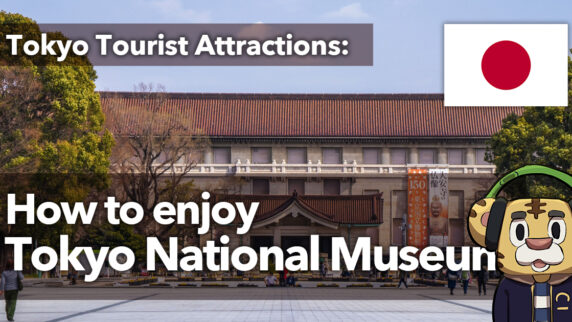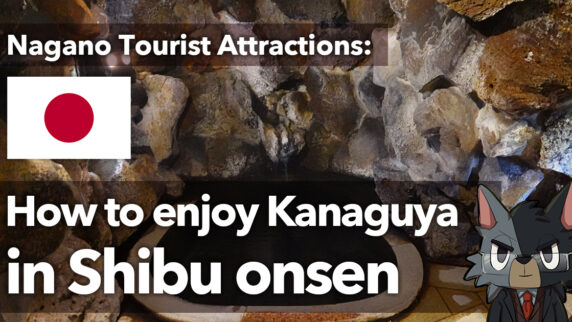 sightseeing
sightseeing Nagano Tourist Attractions: How to enjoy Kanaguya in Shibu onsen
The historic Kanaguya, located in Shibu Onsen, Nagano Prefecture, is a hot springs inn with a wide range of attractions. Famous for being the model for the setting of the movie "Spirited Away," the inn is a place where one can experience the beauty of traditional Japanese architecture and rich hot spring culture. Kanaguya has been a hot spring resort since the Edo period (1603-1868), and its history and culture provide a relaxing environment for visitors.
The inn features wooden architecture and beautiful gardens that offer tranquility and healing to visitors. Visitors can also enjoy the beautiful natural scenery of the four seasons, especially in winter, when the combination of snowy scenery and hot springs is exceptional. At Kanaguya, you can stay in a traditional Japanese-style room while also enjoying delicious cuisine prepared with local ingredients.
Furthermore, the entire hot spring resort of Shibu Onsen is surrounded by a charming atmosphere, and visitors can enjoy a tour of the nine out-spa baths while strolling along the stone-paved paths. Each of the out-spa baths has different benefits, and are believed to be effective in improving health and beauty. Kanaguya is the perfect base for this tour of out-spa baths.
This article details some of the things to do at Kanaguya in Shibu Onsen. It will serve as a guide to make your trip more fulfilling by providing useful information to know before you visit and suggesting ways to enjoy the area. We promise that your stay at the hardware store will make your trip to Japan even more special.

